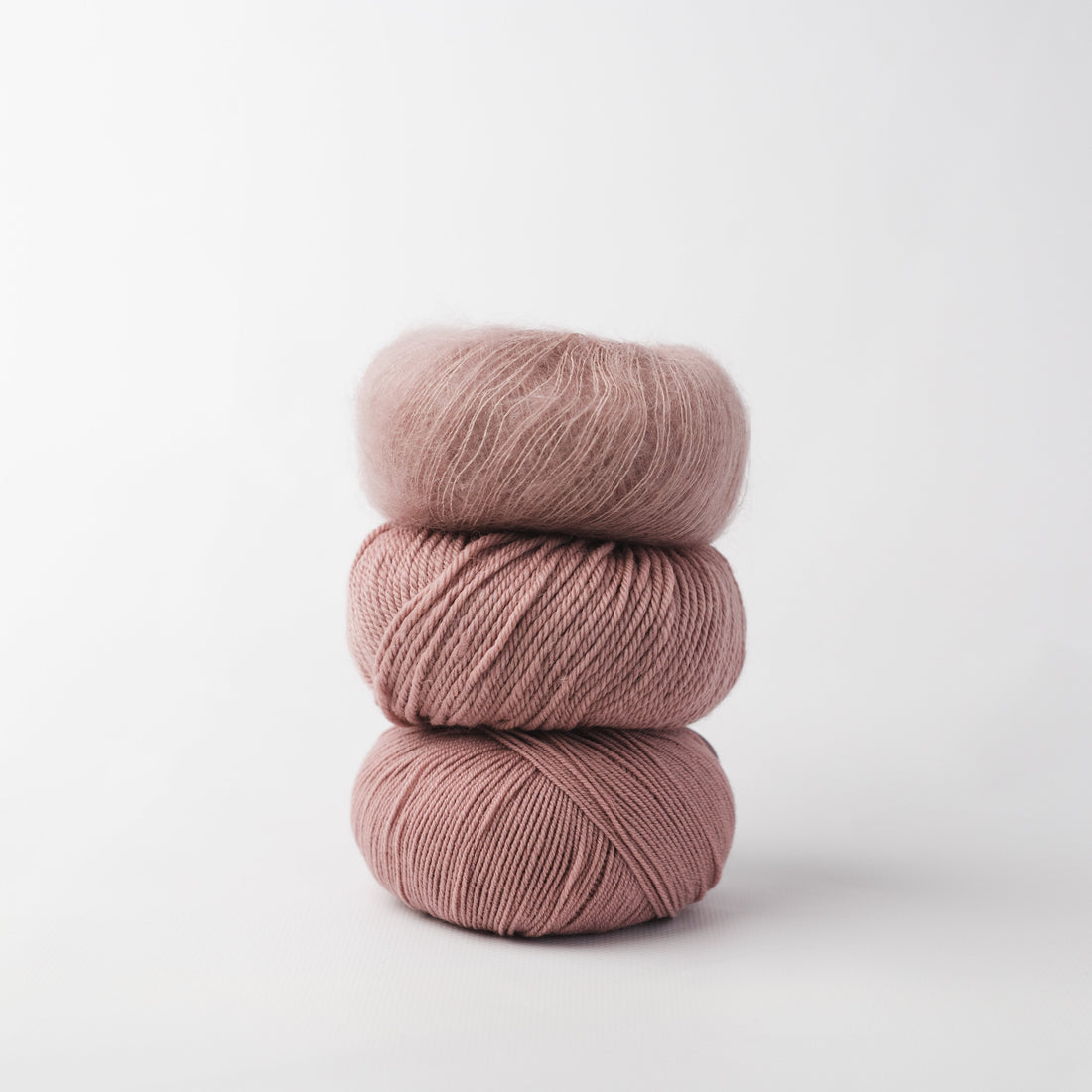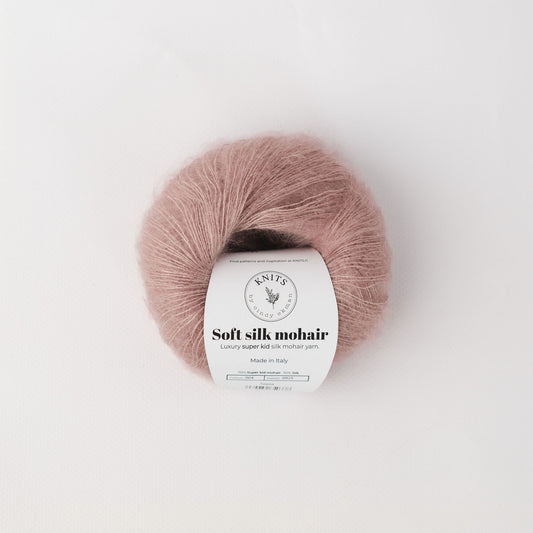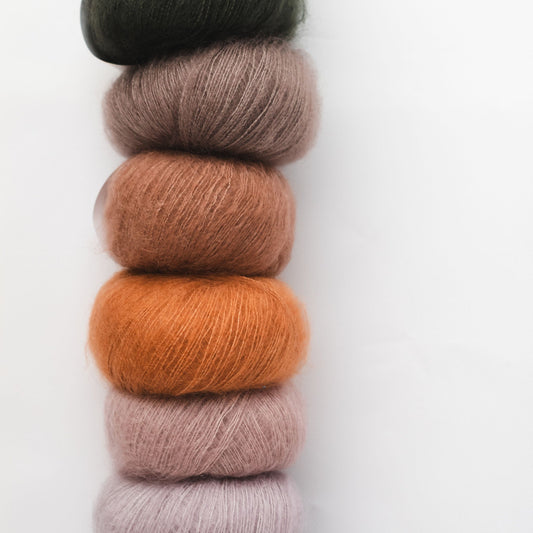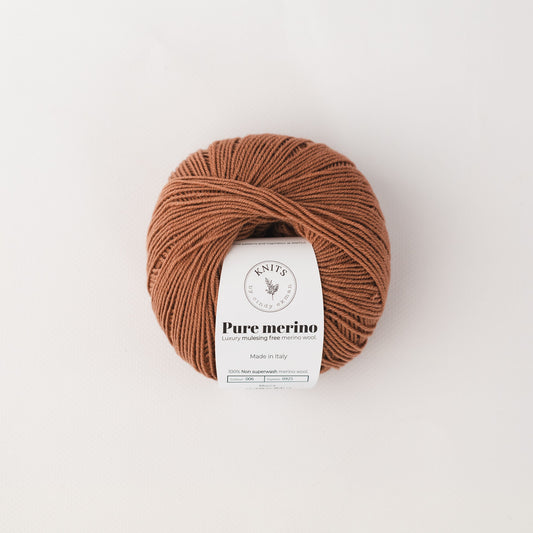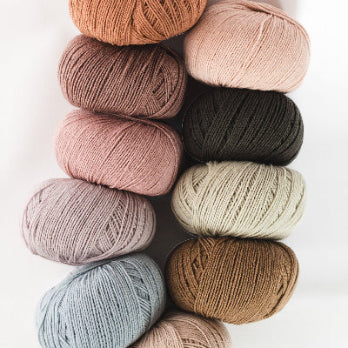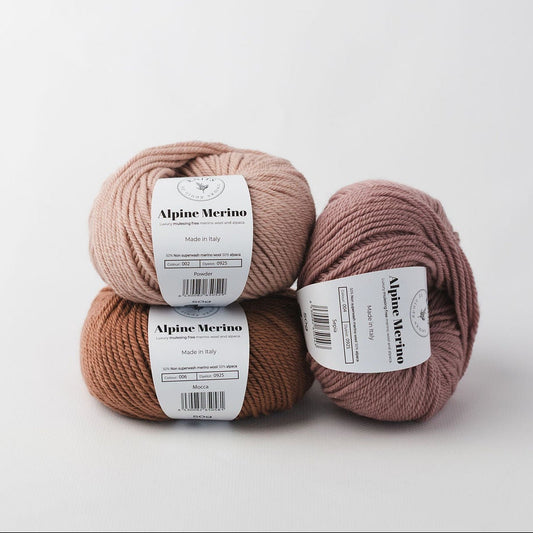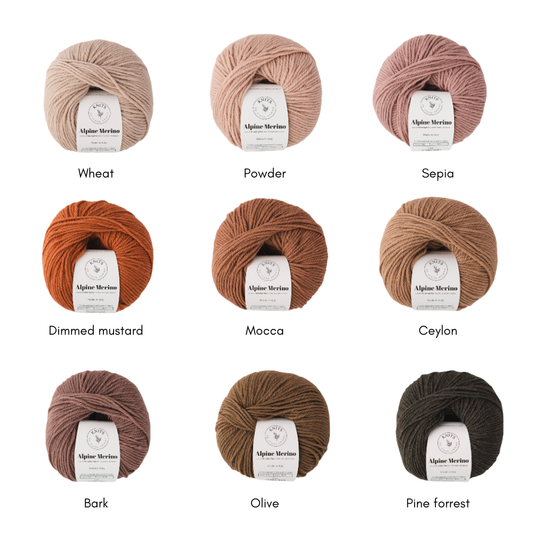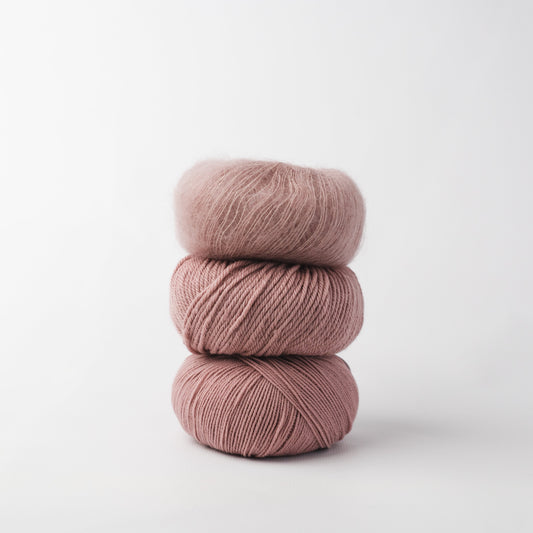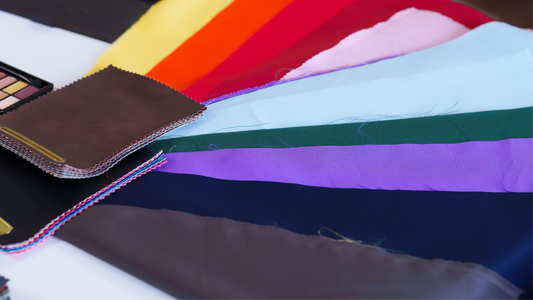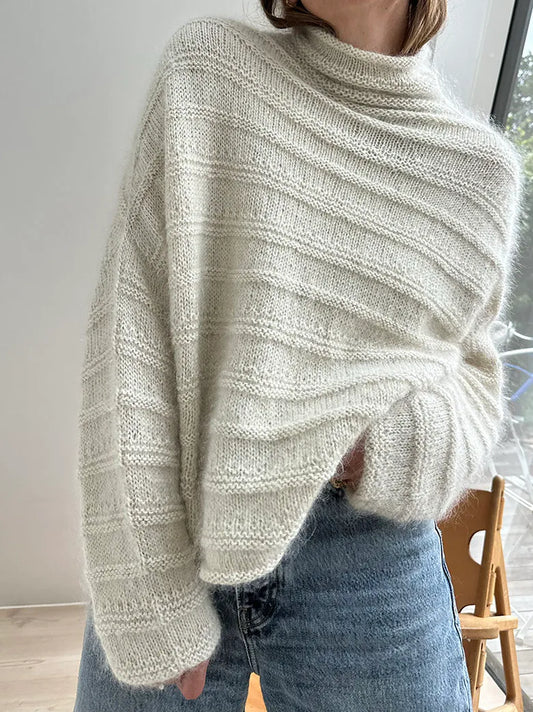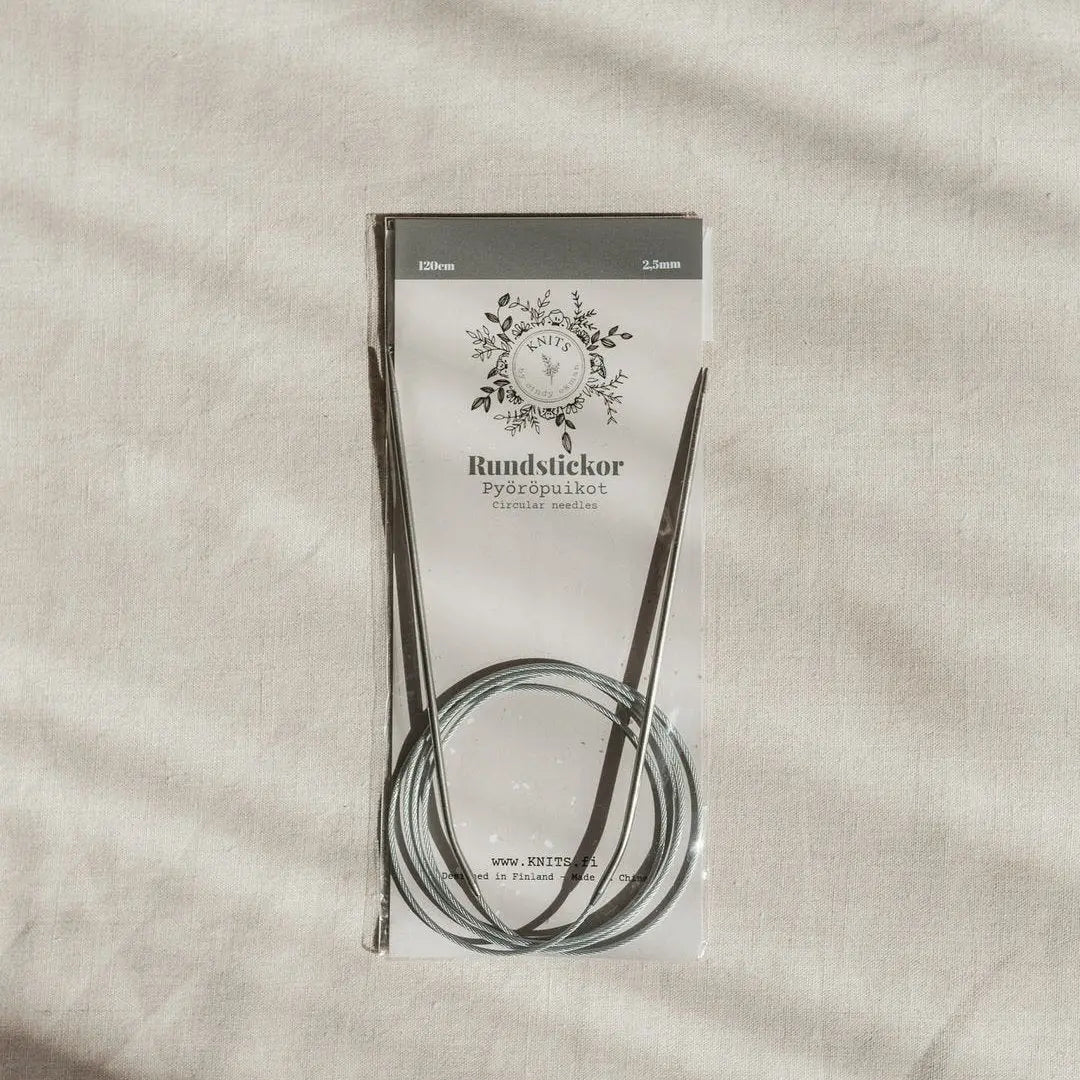If you are new to swapping out recommended yarns in knitting patterns for other options, this post is for you!
First, an important thing to keep in mind:
Some patterns are made for airy, lightweight blow-yarns, while others are designed with rustic raw wool. So when doing a yarn substitution, you’ll need to look at what type of yarn was used — not only the meters and grams.
In this post, I’ll focus on swapping yarns with the same density rather than changing yarn types completely.
Ok with that? Yup, let’s go then! 🧶
Grams Will Be Grams… Right?
I remember once, when I had just started my knitting journey, following patterns and test-knitting for the first time. It was a sweater for my husband, who has very broad shoulders and is quite tall.
The pattern suggested a yarn I couldn’t find in stores, so I decided to go for a similar yarn. The label said DK, so I bought the recommended amount of grams.
I got about halfway through when I ran out of yarn — and I couldn’t understand why.
That’s when I learned there’s a big difference between DK and DK.
Example: Why Meterage Matters More Than Grams
If the suggested pattern uses 400 g of a yarn that’s 160 meters per 50 g, you’ll run out of yarn quickly if you swap it for, for example, our Alpine Merino, which is 100 meters per 50 g.
You might still get the correct knitting gauge by changing needles, but your ball of yarn will be 60 meters shorter than the one the designer used.
Conclusion:
Always check the meters per skein instead of just looking at how many grams the pattern lists.
How to Match Gauges with Our Yarn Collection
One of the great things about our yarn collection is that you can easily combine them to get the gauge for a wide range of patterns.
For example:
-
With 4mm needles, I get a 20st gauge (10cm) using Alpine Merino.
-
If I want to use only merino, I can hold Pure Merino double to get the same gauge on 4mm needles.
-
Or I can hold Pure Merino + Soft Silk Mohair double to achieve a 20st gauge with 4mm needles.
- Or I can hold one strand of Pure merino + two strands Soft silk mohair to achieve 16st 6mm needle
-
Or use two strands of Soft Silk Mohair for a XX st gauge on XX mm needles.
- Or use three strands of Soft Silk Mohair for a XX st gauge on XX mm needles.
Final Thoughts on Yarn Substitution
Yarn substitution doesn’t have to be confusing. Once you start looking at meterage, fiber type, and gauge, you’ll open up endless creative possibilities for your knitting projects, without unpleasant surprises halfway through your sweater.
So next time you’re planning a new project, grab your pattern, check your yarn labels, and make sure your gauge and meterage are on point.
Happy knitting, friends! 💛


